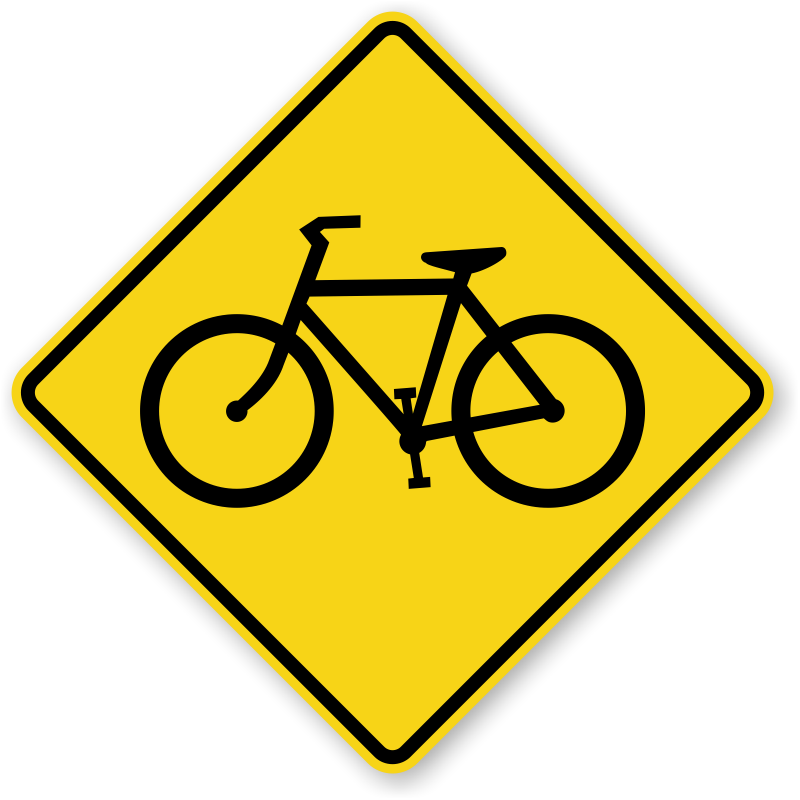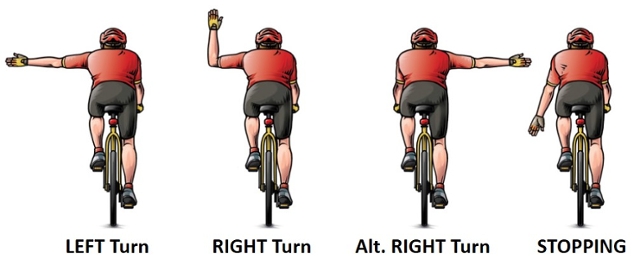
Today, we’re going back to the basics for those of you who are new to the wonderful world of cycling or who want to give advice to those starting out.
Cycling can be an intimidating sport for those who don’t (yet) have confidence in the saddle. The number of cyclists killed in crashes each year is on the rise. According to pedbikeinfo.org, there was a 6% increase in bicyclist fatalities between 2006 and 2015. In 2015, there were 818 reported bicyclist deaths and an estimated 45,000 bicyclist injuries.
With these intimidating numbers, what are the best ways to keep safe on the road? In this post, I’ll share the top 11 safety tips to keep yourself protected while riding.
- Wear a Helmet – I’ll start out with the most obvious tip for anyone on the back of any bicycle. Wear a helmet! You’ve heard this command from your mom since you were a kid. She was telling the truth. In recent statistics from helmets.org, almost three-quarters of fatal crashes involved a head injury with nearly all bicyclists who died (97%!) not wearing helmets. This statistic quite obviously shows that wearing a helmet will save your life.
- Go with the Traffic Flow – Ride on the right in the same direction as other vehicles. Don’t go against traffic. If you want to avoid a head-on collision and increase your chances of being seen by drivers, you’ll want to ride with them.
- Obey Traffic Laws – Just like those in vehicles, you must obey traffic laws. Remember that anyone on the road (cars, pedestrians, and cyclists included) must pay attention to all rules and signs.
- Stay Alert – My recommendation is to put away and avoid all distractions. Cyclists who ride while looking or talking on their phones or listening to music are putting themselves at risk. Make sure that you are distraction-free so that you can watch for potholes, wet leaves, storm grates, and anything else out of our control. You’ll also need to keep your ears attentive to hear traffic.
- Watch for Parked Cars – Ride far enough out from the curb to avoid car doors opening unexpectedly. Avoiding a door-opening collision is as much a cyclist’s responsibility as it is a driver’s.
- Get a Headlight – If you’re riding at night, a headlight is absolutely essential. It’s required by law, anyway.
- Slow Down – If you can’t make eye contact with the driver (especially at night), slow down so much that you’re able to completely stop if you have to. Sure, it’s inconvenient, but it beats getting hit. Doing this has saved my life on too many occasions to count.
- Don’t Stop in a Driver’s Blind Spot – Simply stop behind a car, instead of to the right of it, as per the diagram below. This makes you very visible to traffic on all sides. It’s impossible for the car behind you to avoid seeing you when you’re right in front of it.
- Use a Handlebar or Helmet Mirror – Be sure to look in your mirror well before you get to the intersection. When you’re actually going through an intersection, you’ll need to be paying very close attention to what’s in front of you.
- Be Predictable – Ride in a straight line, not in and out of cars. Signal your moves to others.
- Avoid Riding at Night – It is far more dangerous to ride at night than during the day because you are harder for others to see. If you have to ride at night, wear something that makes you more easily seen by others. Make sure you have reflectors on the front and rear of your bicycle (white lights on the front and red rear reflectors are required by law in many States), in addition to reflectors on your tires, so others can see you.
Finally, for those of you needing a refresher, here are the turn signals you need to know if you’re cycling on the road:

Stay safe out there and happy cycling!
